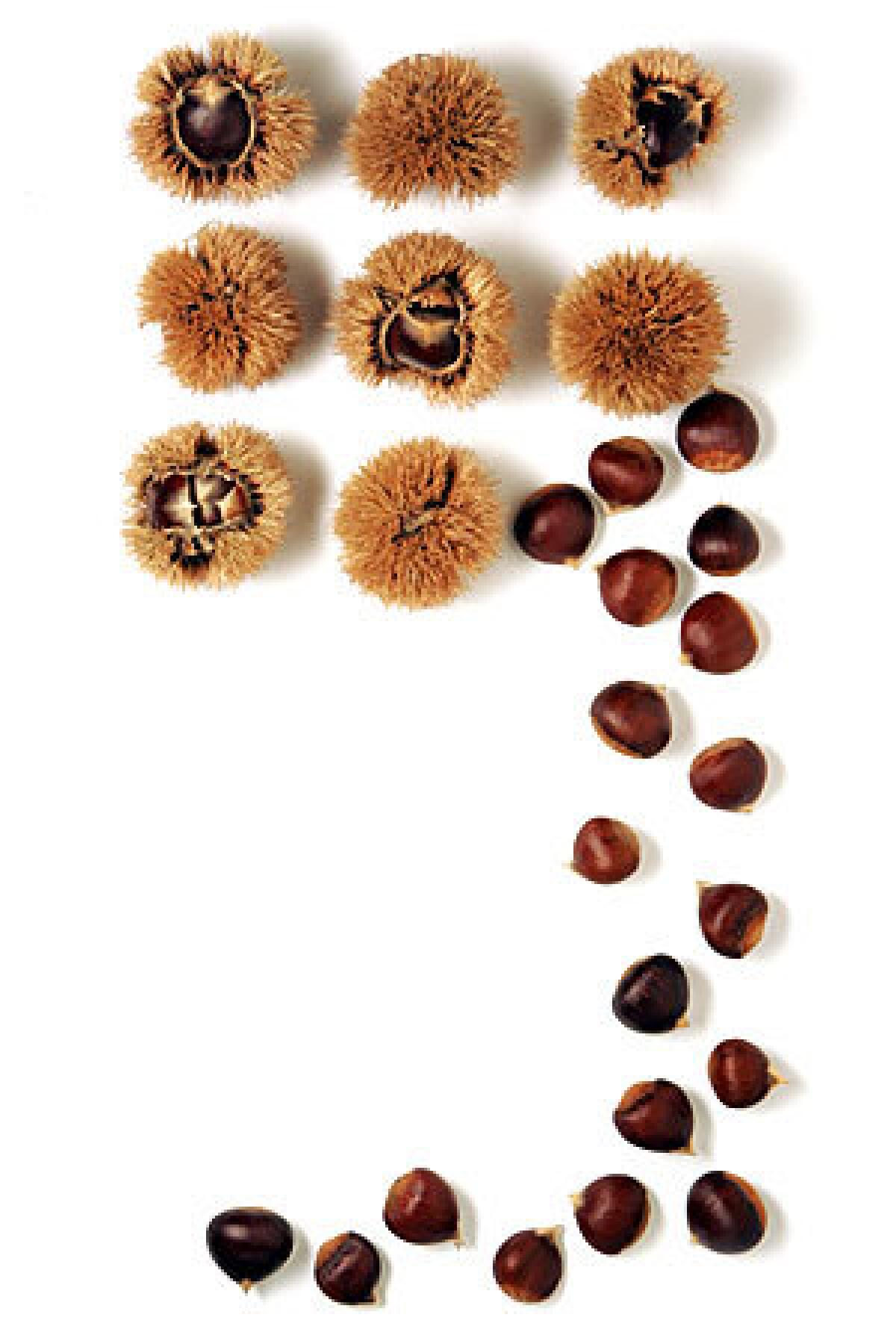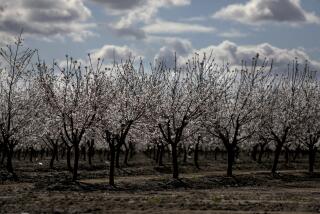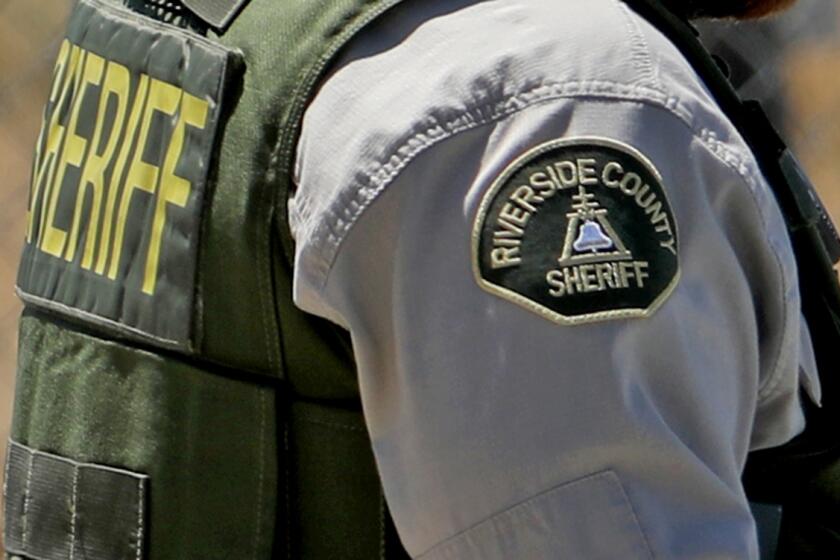The return of the American chestnut

On a hill just outside the Gold Rush town of Nevada City, Calif., about an hour northeast of Sacramento, stands a sweet 1890s Victorian farmhouse surrounded by several acres of venerable-looking gardens. ¶ There are craggy cherry and plum trees and an apple tree so old it’s little more than a hollowed-out stump that somehow still manages to sprout green branches. The grapevine that covers a backyard arbor has a trunk at least a foot around. ¶ But pride of place belongs to a pair of chestnut trees, probably 60 feet tall and at least a yard across. It’s not often that a couple of trees are singled out in real estate ads, but these were. And no wonder -- from these two trees sprang most of the chestnuts now grown in the United States. ¶ Chestnuts in California? Certainly, it’s easy to think of them as strictly an East Coast nostalgia food, part and parcel with frosty city sidewalks and Jack Frost nipping at whatever exposed body parts he can find. ¶ But in fact, these nuts have a long history in the Golden State, one that a handful of growers are struggling to keep alive. And if all you’ve ever had are stale imported supermarket chestnuts -- many of which are even moldy -- these California nuts can be a revelation, delicately sweet and slightly chewy. ¶ At one time, the chestnut tree was one of the most numerous on the North American continent. It is estimated that they accounted for between a quarter and a third of all the trees that grew in the huge forest that once blanketed the area from northern Georgia to New England.
Then, just after the turn of the last century, the trees began to die. The culprit was a fungal spore that probably had hitchhiked on a Chinese chestnut specimen tree imported by the New York Botanical Garden.
The chestnut blight spread like a wind-driven wildfire. The carnage almost defies imagination. Within five years, it had killed most of the chestnuts in the New York area. By the 1950s, only a few isolated trees remained on the entire continent.
Between 3 billion and 4 billion trees had died. That was, as Susan Freinkel points out in her splendid new book “American Chestnut,” “enough trees to fill 9 million acres. Enough trees to cover Yellowstone National Park 1,800 times over. Enough trees to give two to every person on the planet at that time.”
Imports at market
Chestnuts are found across a wide swath of the Northern Hemisphere, and other species are not as susceptible to the blight as the American. Today, almost all the fresh chestnuts you find at the market are imported, mostly from Italy, where they are harvested from state-managed forests. They are also imported from China and Korea.
But there is an increasing number of chestnut farmers in this country as well, growing trees that are blight-resistant crosses between Asian and European species. It’s a small success, but a success nonetheless -- and that is rare in the story of chestnuts in America.
So far, the number of farmers is still small and their orchards, for the most part, are still young. There probably aren’t more than 1,000 acres of chestnuts grown in all of California. A 2006 survey by the University of Missouri Center for Agroforestry found that most American chestnut growers have fewer than 10 acres of trees and have been in business for less than 10 years. More than a third of them are so new that they have yet to make their first sale.
By far the predominant chestnut variety in the United States is the Colossal, and the original trees are the two still standing beside that Victorian farmhouse just outside Nevada City.
Those trees date from the 1870s and are the creation of a pioneering California nurseryman named Felix Gillet, who was ranked by his contemporaries with the great Luther Burbank. A Frenchman who came to Nevada City in the 1850s and worked as a barber to gather a grubstake, he bought land on a dry, rocky hillside that nobody else wanted, carted in water, cleared the stones and named the place Barren Hill Nursery. There he developed important varieties of hazelnuts and walnuts and even strawberries.
One of his biggest contributions was the Colossal chestnut, a cross he developed between French and Japanese species.
When Gillet died in 1908, his friend Benjamin Tonella bought many of the nursery’s trees, including the twin Colossals, and carted them across town to his home. The house has passed through many hands since then, but the trees remain.
In California, there are scattered plantings of chestnuts throughout the north, including the Gold Country, but most come from the “nut belt” around Stockton.
That’s where Greg Girolami and his brother Grant have 40 acres of them, along with 300 acres of walnuts and 100 acres of cherries. They sell most of their chestnuts to Asian markets in California, trying to get in their sales before the cheaper imports arrive.
Their grandfather Cesar di Martini began farming the area in the 1920s, and one of the first things he planted was chestnuts from cuttings he’d brought with him from Italy.
In fact, the brothers work an orchard not far from his original plantings, and it includes some trees of about the same vintage. On fertile soil, they have turned into towering specimens bearing narrow, sword-shaped leaves with ragged, saw-toothed edges.
Though chestnuts themselves are a beautiful deep mahogany color, on the tree they are wrapped up tight in a thick, green shield of incredibly prickly burrs. When the nuts are big enough to harvest, they crack open their burr jackets, pop free and fall to the ground.
On his own terms
Walk an orchard in the fall and you hear a steady “plop . . . plop . . . plop,” like the first drops of rain. Watch out, though: The falling nuts are frequently followed by burrs, which may be empty, but still pack a porcupine punch.
Not far from the Girolamis’ land, on a little patch along the Sacramento River between Rio Vista and Isleton, Harvey Correia is establishing an orchard of his own. After a career in agricultural lending, he wanted to get back to the farm. After a lot of research, he put in chestnuts, which he now sells online.
Most of Correia’s chestnuts are an assortment of Italian varieties he groups under the label marroni (in Italy, the best eating chestnuts are called marroni; the lesser varieties are known as castagne).
Despite being a very small farmer (he has about 7 acres and says he will probably top out at about 5,000 pounds of nuts), Correia says that by selling these specialty varieties over the Internet, he can do well economically. “I can control my own destiny rather than letting the market decide my fate. I’m the only one selling them. I’ve got the market all to myself.”
One of his chief pleasures is talking with the customers who call in orders and frequently relate their childhood memories at the same time. “People have such strong reactions to chestnuts,” he says. “They really bring back memories, and you wouldn’t believe the stories I hear.”
Most of those customers come from the East, and business has been good enough that Correia has had to impose a 20-pound limit on each buyer (though one Connecticut man was so ardent that he bought 40 pounds under two different names and then called in a third order for an additional 20). Despite the limit, Correia sold out of marroni in just 12 days. His Colossals are still available.
“When I started selling them and getting a positive response from the customers, I realized I was making a lot of people happy with my product,” Correia says. “I made more money working as an auditor, but I didn’t make too many people happy.”
Harry Nicholas from Orange Cove has chestnuts at the Wednesday Santa Monica farmers market. Or you can order them from:
Correia Chestnut Farm: Extra-large size, $5 per pound; medium size, $4.50 per pound. (866) 492-4769. www.chestnuts.us
Girolami Farms: Colossal-size nuts, $6.50 per pound; jumbo-size nuts, $5.75 per pound. (209) 931-0158. www.chestnutsforsale.com
More to Read
Sign up for Essential California
The most important California stories and recommendations in your inbox every morning.
You may occasionally receive promotional content from the Los Angeles Times.










